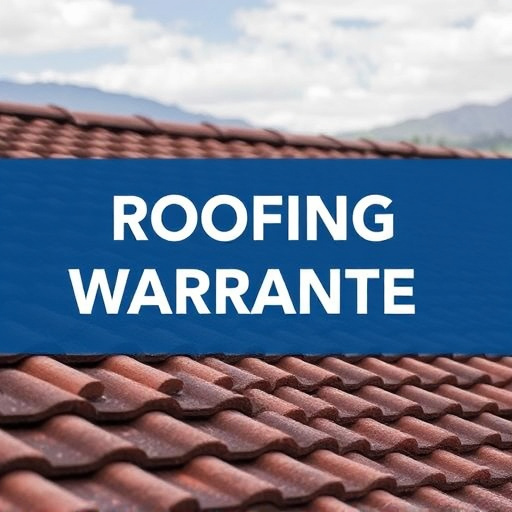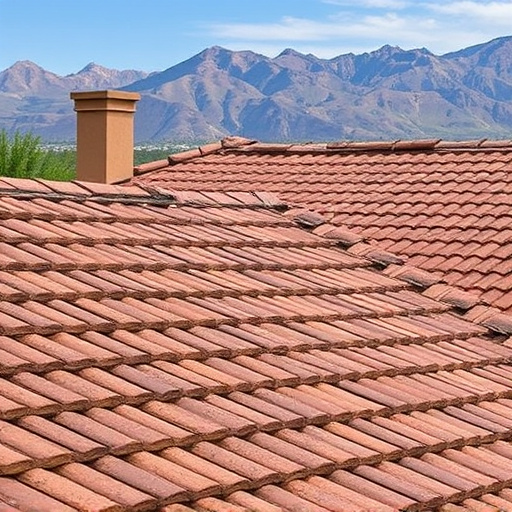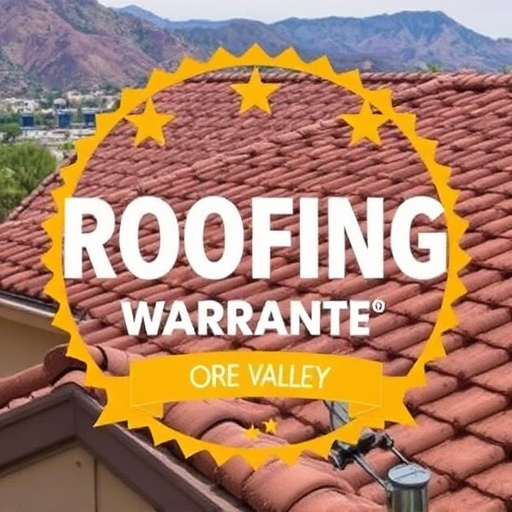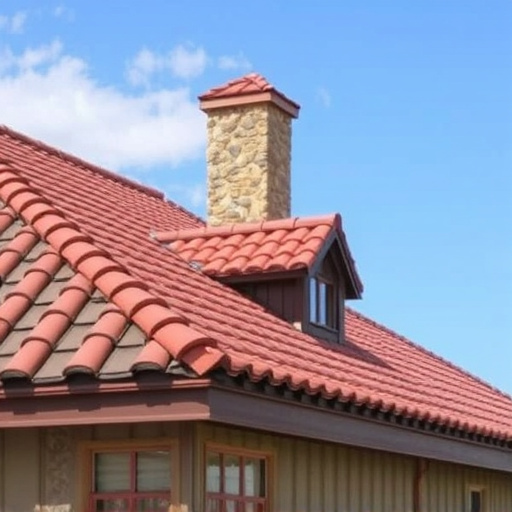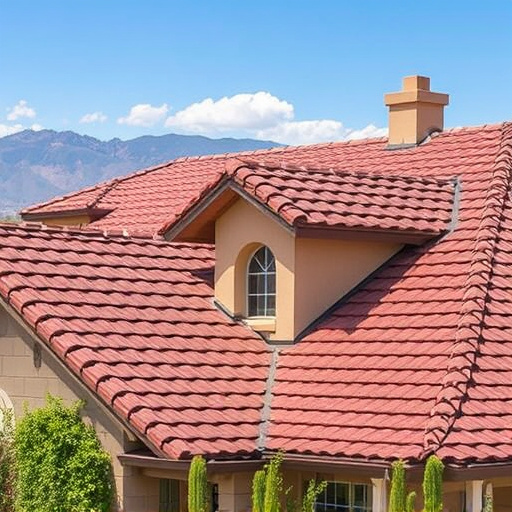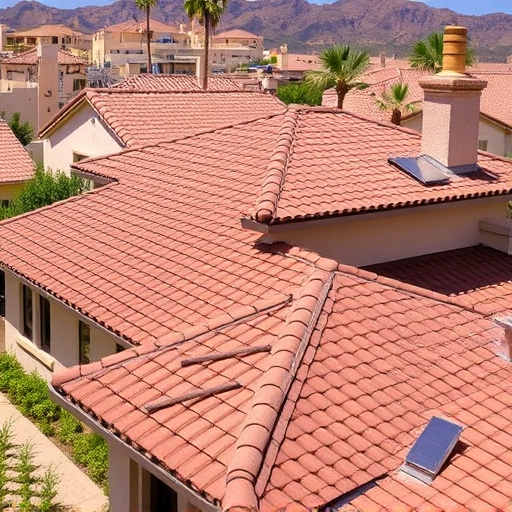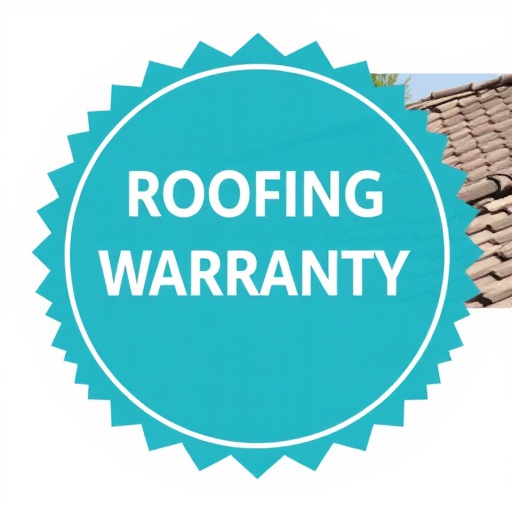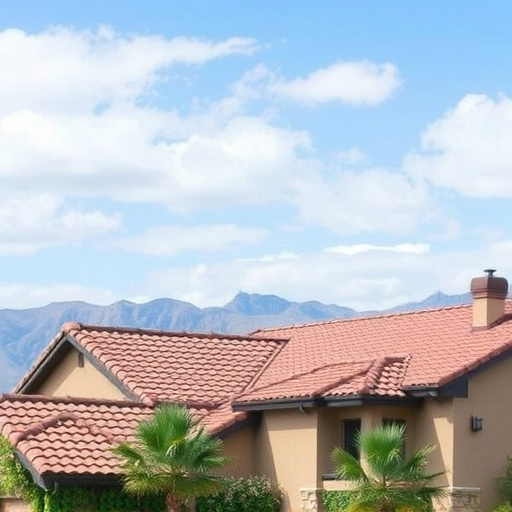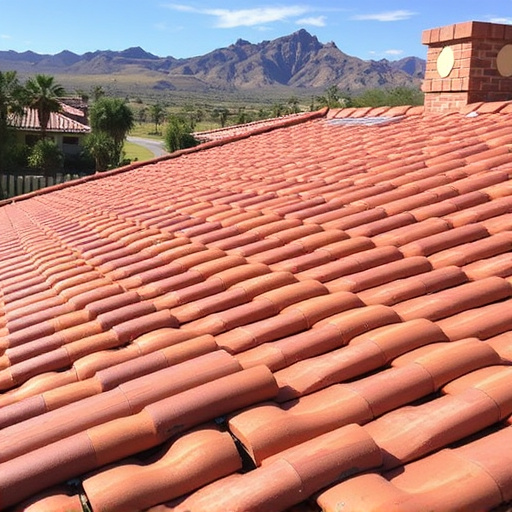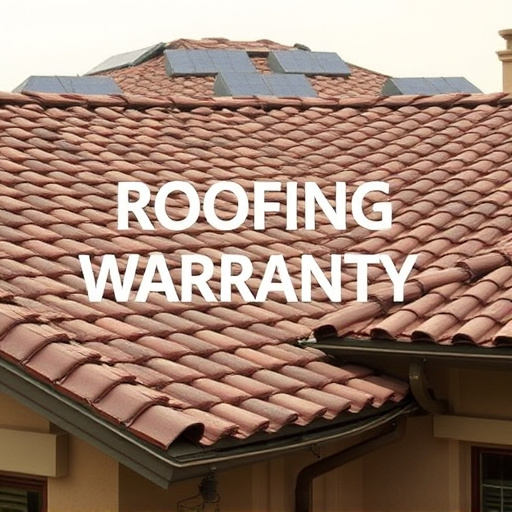Roofing warranties in Oro Valley are essential for homeowners, offering protection and peace of mind…….
Category: Roofing Warranties Oro Valley
Roofing Warranties Oro Valley: A Comprehensive Guide
Introduction
In the vibrant community of Oro Valley, Arizona, homeowners and property managers increasingly find themselves navigating the complex landscape of roofing options and warranties. The quest for durable, reliable, and cost-effective roofing solutions has sparked a growing interest in understanding the intricacies of roofing warranties. This comprehensive guide delves into the world of roofing warranties specific to Oro Valley, shedding light on their importance, types, and the transformative impact they have on the local construction and real estate sectors. By exploring various facets, from global influences to technological innovations, this article aims to equip readers with valuable insights for making informed decisions regarding their roof investments.
Understanding Roofing Warranties Oro Valley
Definition and Core Components
A roofing warranty, at its essence, is a contractual agreement between a homeowner or property owner and a roofing contractor or manufacturer, providing assurance against defects, failures, or structural damage to the roof over a specified period. In Oro Valley, these warranties are tailored to address unique climatic conditions, local building codes, and the diverse range of roofing materials available in the region.
Key components of a typical roofing warranty include:
-
Coverage Period: This specifies the duration for which the warranty is valid, usually measured in years. For example, a 25-year warranty covers defects or issues arising within that 25-year period.
-
Scope of Coverage: It outlines what is included and excluded from the warranty. Common inclusions are material defects, workmanship, and structural integrity. Exclusions may include damage caused by extreme weather events, poor maintenance, or installation errors by a non-warranty contractor.
-
Performance Standards: These define the expected performance levels of the roof, such as resistance to water leakage, wind load, or UV degradation.
-
Disclaimers and Exclusions: Warrantees often include specific exclusions and limitations, such as not covering damage caused by acts of nature or misinstallation by the homeowner.
Historical Context and Significance
Roofing warranties have evolved significantly over the years, driven by advancements in materials science, construction techniques, and consumer awareness. In Oro Valley, the historical context includes:
-
Climatic Challenges: The region’s semi-arid climate with hot summers and occasional severe storms necessitates robust roofing solutions resistant to extreme temperatures and precipitation.
-
Local Building Codes: Oro Valley adheres to specific building codes and regulations that dictate minimum standards for roofing materials, installation methods, and warranties. These guidelines ensure the safety and durability of structures within the municipality.
-
Consumer Protection: As consumer awareness grew, there was a corresponding demand for transparent and comprehensive warranties. This trend has driven the industry to adopt more robust warranty practices, enhancing trust between homeowners and contractors.
Integration into the Landscape
Roofing warranties are integral to several aspects of the Oro Valley community:
-
Homeowner Protection: They offer peace of mind, shielding homeowners from unexpected repair costs and ensuring their investment in a new roof is protected.
-
Contractor Reputation: Reliable contractors in Oro Valley use warranties as a competitive advantage, demonstrating their commitment to quality and customer satisfaction.
-
Real Estate Market: In a competitive real estate market, properties with well-maintained, warrantied roofs can attract higher values and fetch quicker sales.
Global Impact and Trends
The influence of roofing warranties extends far beyond Oro Valley, shaping the construction industry globally. Key trends include:
-
Widespread Adoption: Roofing warranties are becoming increasingly standardized worldwide, with many countries adopting regulations that mandate certain levels of warranty coverage for residential and commercial roofs.
-
Regional Variations: Different regions have unique requirements due to varying climates and building practices. For instance, in coastal areas, warranties may include extended coverage against salt air corrosion, while tropical regions might focus on storm damage protection.
-
Technological Integration: The digital age has brought about innovative warranty management systems, allowing for real-time tracking of warranty claims, improved customer communication, and efficient settlement processes.
Economic Considerations
Market Dynamics
The roofing warranties market in Oro Valley is dynamic and highly competitive. Several factors influence its growth:
-
Material Innovation: Advancements in roofing materials, such as energy-efficient, high-durability tiles or metal panels, drive the need for specialized warranties covering these new products.
-
Contractor Competition: Local contractors vie for customers, often using warranties as a differentiator. This competition leads to improved warranty offerings and customer service.
-
Real Estate Trends: Booming real estate markets can increase demand for new roofs, subsequently boosting the market size of roofing warranties.
Investment Patterns
Homeowners in Oro Valley invest significantly in their properties, with roofing being a top priority due to its impact on energy efficiency, curb appeal, and structural integrity. Warranty-backed roofing installations often command premium prices:
| Roofing Material | Average Cost (per square) | Warranty Duration | Premium for Warranty |
|---|---|---|---|
| Asphalt Shingles | $3.50 – $6.00 | 20-30 years | ~10% of installation cost |
| Metal Roofing | $7.00 – $12.00 | 40+ years | 15-25% |
| Clay Tile Roofs | $8.00 – $15.00 | 50-100 years | 20-30% |
Economic Impact on Oro Valley
The presence of robust roofing warranty programs has several economic implications for the region:
-
Job Creation: The construction and repair sectors thrive, leading to more job opportunities.
-
Real Estate Value: Well-maintained roofs with warranties contribute to higher property values and improved rental rates.
-
Business Diversification: Local businesses cater to warranty-related services, such as claim processing, repairs, or replacement parts, fostering economic diversity.
Technological Advancements
Innovations in Roofing Materials
Technological advancements have revolutionized roofing materials, driving the need for specialized warranties:
-
Cool Roofs: Energy-efficient coatings and materials reduce building temperatures, lowering cooling costs. These advanced roofs often come with extended warranties covering UV degradation.
-
Smart Roofing: Integration of sensors and technology allows real-time monitoring of roof conditions. Smart roofs may include warranty coverage for data-driven performance analysis.
-
Lightweight Materials: Innovations like concrete tiles or thin metal sheets offer durability and reduced weight, requiring specific warranties tailored to their unique properties.
Digital Warranty Management Systems
Digital transformation has significantly impacted the roofing industry:
-
Streamlined Claims: Online claim submission and processing systems reduce paperwork and speed up settlement times.
-
Customer Engagement: Mobile apps or dedicated software platforms enable customers to track warranty status, schedule inspections, and receive updates on repairs.
-
Data Analytics: Advanced analytics help contractors identify trends, predict maintenance needs, and optimize warranty offerings.
Policy and Regulation
Local Building Codes and Standards
Oro Valley’s building codes and regulations play a crucial role in dictating roofing practices and warranties:
-
Minimum Standards: The local government sets minimum requirements for roof construction, materials, and warranties to ensure structural integrity and safety.
-
Permit Requirements: Contractors must obtain permits for roof installations or replacements, ensuring compliance with warranty guidelines.
-
Enforcement and Penalties: Non-compliance with codes can result in penalties, prompting contractors to adhere strictly to warranty protocols.
National and International Regulations
At a national level, various organizations influence roofing warranties:
-
Consumer Protection Agencies: These bodies enforce consumer rights, ensuring fair warranty practices and transparent communication between contractors and homeowners.
-
Industry Associations: Trade groups represent manufacturers and contractors, setting industry standards and promoting best practices for roofing warranties.
Legislative Frameworks
Key legislation shaping the landscape of roofing warranties includes:
-
Warranty Disclosure Laws: These laws mandate that contractors provide clear, detailed warranty information to homeowners before starting work.
-
Product Liability Insurance: Manufacturers and installers may be required to carry insurance covering potential defects or failures, providing an additional layer of protection for consumers.
Challenges and Criticisms
Common Issues
Despite the numerous benefits, roofing warranties face several challenges:
-
Misinterpretation of Terms: Complex warranty language can lead to misunderstandings between homeowners and contractors, resulting in disputes over coverage.
-
Lack of Standardization: Varied warranty offerings from different manufacturers or contractors may cause confusion for consumers, making comparisons difficult.
-
Fraud and Abuse: Some unscrupulous contractors may offer misleading warranties or engage in fraud, damaging the reputation of the industry.
Strategies for Overcoming Challenges
Addressing these challenges requires a multi-faceted approach:
-
Clear Communication: Contractors should use plain language to explain warranty terms, ensuring homeowners fully understand their rights and responsibilities.
-
Standardized Formulas: Developing standardized warranty documents across industries can simplify the process for consumers and contractors alike.
-
Industry Regulation: Strengthening regulatory oversight and enforcement can deter fraudulent practices, fostering a culture of integrity within the roofing industry.
Case Studies: Successful Applications
Case Study 1: The Eco-Friendly Community
In a newly developed eco-friendly neighborhood in Oro Valley, homeowners were offered an innovative roofing warranty backed by a local cooperative. This warranty focused on environmental sustainability, covering roofs made from recycled or renewable materials. The program included long-term performance guarantees and incentives for energy-efficient upgrades. The result was a thriving community with improved property values and reduced environmental impact.
Case Study 2: Historic Preservation Project
During the revitalization of Oro Valley’s historic downtown area, a unique roofing warranty was implemented to protect the region’s cultural heritage. This warranty specialized in preserving traditional tile roofs, covering both new installations and repairs. The program encouraged contractors to use authentic materials and techniques, ensuring the structural integrity of historic buildings while offering extensive coverage for up to 75 years.
Future Prospects
Emerging Trends
The future of roofing warranties in Oro Valley is filled with exciting possibilities:
-
Personalized Warranties: Advanced technology allows for customized warranty packages tailored to individual homeowners’ needs and preferences.
-
Smart Home Integration: As smart homes become the norm, warranties may include coverage for integrated roof systems that connect to home automation networks.
-
Renewable Energy Focus: With growing emphasis on sustainability, warranties could extend to cover the performance of solar panels or green roofing materials.
Strategic Considerations
To stay ahead in this evolving landscape, contractors and manufacturers should:
-
Stay Informed: Keep abreast of local building codes, industry standards, and technological advancements to adapt warranty offerings accordingly.
-
Embrace Digitalization: Invest in digital tools for efficient warranty management, enhancing customer experience and operational efficiency.
-
Sustainable Practices: Incorporate eco-friendly materials and energy-efficient designs into warranty packages to meet the growing demand for sustainable solutions.
Conclusion
Roofing warranties are not merely legal documents; they represent a commitment to quality, durability, and peace of mind in Oro Valley’s dynamic construction environment. As the industry evolves, driven by technological innovations, changing climates, and consumer expectations, the role of warranties will continue to grow in importance. By understanding the intricacies of roofing warranties, homeowners, contractors, and investors can make informed decisions that contribute to the region’s architectural heritage, economic vitality, and sustainable future.
FAQ Section
Q: What is the average lifespan of a roofing warranty?
A: Warranties typically cover 20-30 years for residential roofs, though this can vary based on material and manufacturer. Commercial warranties may extend up to 40 years or more.
Q: How do I know if my roof needs a warranty?
A: Regular inspections by professionals can help identify potential issues. Signs like loose shingles, leaks, or significant wear may indicate the need for a warranty-backed repair or replacement.
Q: Can roofing warranties cover damage from natural disasters?
A: While standard warranties usually exclude acts of nature, many extended or specialty warranties offer coverage for extreme weather events, including hurricanes, tornadoes, or hail storms.
Q: How do I file a claim under my roofing warranty?
A: Contact your contractor or manufacturer directly to initiate the claims process. They will guide you through providing necessary documentation and arranging repairs or replacements.
Q: Are there any red flags I should look for when considering a roofing warranty?
A: Be wary of overly complex language, limited coverage, or exclusionary clauses. Always read the fine print thoroughly and consider seeking advice from industry experts before committing.
Roofing Peace of Mind: Oro Valley Warranties Unlocked
Oro Valley residents have access to diverse roofing warranties protecting investments against defect…….
Oro Valley Roofing Warranties: Protecting Your Home Investment
Protecting Oro Valley properties with comprehensive roofing warranties. Ensure long-term solutions,…….
Guaranteed Roof Repairs: Oro Valley Warranties & Local Experts
Understanding roofing warranties in Oro Valley is crucial for protecting homes from damage. Reputabl…….
Roofing Warranties Oro Valley: Affordably Protected with Quality Assurance
Roofing warranties in Oro Valley are essential for homeowners, offering protection against material…….
Protecting Your Roofline: Oro Valley Experts Share Insights
Local Oro Valley roofing experts are vital for roof maintenance and protection against Arizona'…….
Oro Valley Roofing Warranties: Protecting Your Metal Investment
Roofing warranties in Oro Valley are essential for homeowners, offering peace of mind and protection…….
Protect Your Roofline: Oro Valley Experts Guide Homeowners
Local Oro Valley roofing experts ensure roofline protection through specialized services and compreh…….
Oro Valley Roofing Warranties: Expert Protections for Long-Lasting Homes
Understanding local roofing expert warranties in Oro Valley is vital when replacing your roof. These…….
Expertise & Warranties: Protecting Your Oro Valley Roof
Oro Valley roofing warranties offer quality guarantees and peace of mind, backed by industry experts…….
